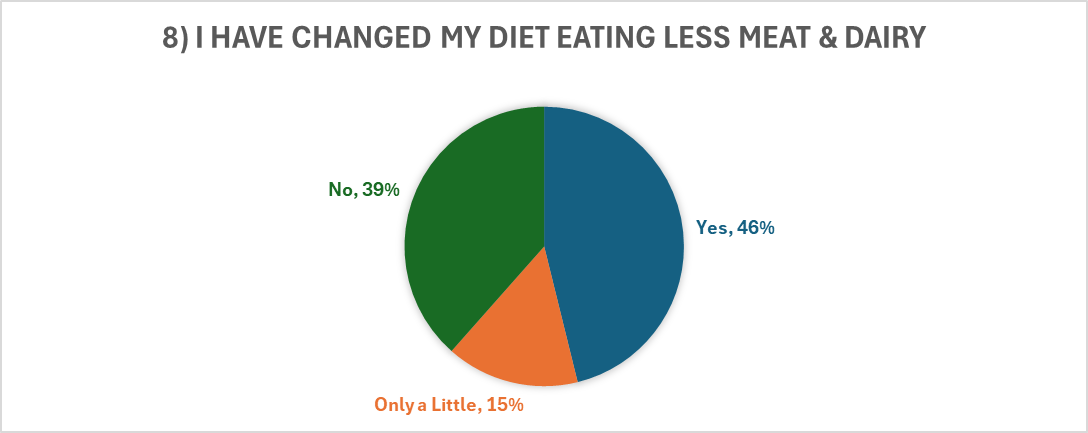After twenty years at St John and St Stephen's Church, my family are moving, so I'm handing over this blog to others on the Eco Church Team, with a quick update on recent activities. As mentioned in the previous post, I was invited to talk about Eco Church to Loddon Reach Mothers' Union and friends on 5th March. This was in the church hall next to St Mary's Shinfield which is a beautiful rural church with lots of wildlife in the churchyard. At the end they presented me with a stunning bunch of daffodils from their church allotment, so they're already well on the way to Bronze, I am sure.
The next day our Lebanese crab apple trees arrived at St John's - chosen to withstand the heat in our forecourt. Sadly both trees have been vandalized since, but they're still growing, just a little misshapen.
On the 17th our duck returned, quacking loudly in the courtyard. We fed her for a couple of days, but then she seemed to have disappeared. About ten days later, planning new planting in the raised beds, our gardener inadvertently uncovered her beautiful nest, perfectly disguised, with 11 eggs already there. She started sitting on it a couple of days later.
Before these hatched, another mother duck appeared at the front of church leading a dozen ducklings down to the water. There's a good chance she had found a place in the forecourt to nest since it's difficult to see where else she might have been walking from to try to reach the river that way.
On 30 April we heard the telltale cheaping of hatched ducklings and I came into work on the 1st May to find them all waiting to be let out, surprisingly sat in rather hot sunshine. It was only from the photos afterwards that we were able to work out there were 13 ducklings this year, since they constantly moved so fast.
The other major highlight in May was hosting Oxford Diocese's world mission conference -
Sharing the Journey, Seeking the Kingdom, exploring what it means for Christians across the world to care for creation, seek justice, and nurture disciples along with representatives from all four of Oxford's partner dioceses. The event was organised by Maranda St John Nicolle, Director of
CCOW, and Revd Polly Falconer, the diocese's Racial Justice Adviser.
Among the 100 plus people present, were a team of us from St John's helping out and learning from the panels and workshops (with thanks to Maranda for the photo of some of us):
Revd Christine provided some notes for our weekly newsletter the following week:
We had a stimulating and nourishing in every way (great food!) day on Saturday when representatives from our overseas link dioceses gathered in our church. We listened to insights on creation care, seeking justice and nurturing disciples from the dioceses of Kimberley and Kuruman (South Africa), Nandyal (South India), Vaxjo (Sweden) and Jamaica.
What follows are my own take away notes from the day-
Jamaica: the challenge to the environment of Bauxite mining – deforestation, dust which not only rests on everything, but can pollute tanks holding drinking water. Profits not ploughed back into the economy.
Reparations for slavery slow in coming.
Kimberley and Kuruman: 46 parishes 100s of km apart and only 15 full time clergy. But very active laity who run things (they have to!)
Gender based violence a daily reality. Church is encouraging women not to keep silence and is trying to be a safe space. Much emphasis in society on how girls/women should behave. Need to offer additional focus on men’s/boys’ behaviour.
Nandyal: The challenge of living out ‘in Christ there is neither bond nor free, male nor female’ etc where inequality is built into society and in the church eg Dalits often worship separately. Also, nationally, Christians are in a minority and in some places face persecution.
Vaxjo: Sweden is doing similar things to our diocese – insulating churches, reducing dependence on fossil fuels in heating buildings etc. They love our untidy graveyards that encourage biodiversity! The church has a spiritual and existential role in challenging the mindset and lifestyle that contribute to the climate crisis.
I should also mention Global Justice Reading's event at the end of May where members of St John's congregation filled a good many of the chairs to hear our friend Dr Simon Batchelor OBE talk about his development work, specifically his
clean cooking project providing a climate friendly alternative to the biomass cooking that leads to some four million premature deaths every year - mainly women and children.
Finally, we've decided to make May the time of our regular annual lifestyle audit, having reviewed the questions used previously to enable us to measure progress better. We took in 39 answers, which is a little under 2/3 of regular weekly attendance. The answers may have included a few visitors and while some who didn't fill them in may be those less committed to environmental action, there's a good chance some were those always busy doing several things on a Sunday who didn't get round to it, so this is probably pretty representative.









































